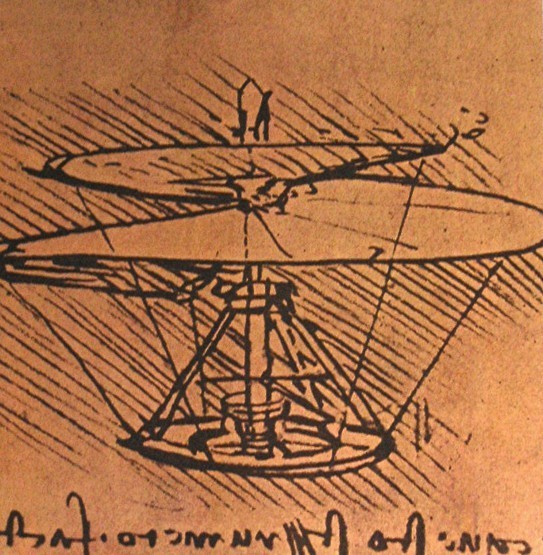
Wikimedia Commons. (2015) . Air screw [online image]. Retrieved from https://commons.wikimedia.org/wiki/File%3AVis_aerienne_Luc_Viatour.jpg
Competency Identifier
The learner chooses artefacts that demonstrate critical thinking and that show a concrete connection between research/ theory and their practice.
Education Technology 512
“Constructivist Teaching: How one comes to know about, rather than simply knowing”
Education Technology 512: Applications of Learning Theories to Instruction had us focus on education theory and spend a great deal of time learning how to pick and choose appropriate education theory to fit specific situations. In “Constructivist Teaching: How one comes to know about, rather than simply knowing” I investigated Constructivist theories. I chose this artefact because it is a great example of linking theory to practice. Through my investigation of Constructivist theory I was able to identify where I was already applying the theory and where I could shore up my practice by introducing Constructivist strategies. This was an eye opening assignment for me, when I really looked at how people construct knowledge I began to recognized the importance of Constructivism. One way I was able to take Constructivist theory and apply it to my practice was in my course design. At the time I taught for a distributed learning school and spent a great deal of time designing my courses. I was able to integrate Constructivist strategies where appropriate and get real time feedback from students. I found that Constructivism can be a very powerful tool for teaching online.
“Claymation Lesson Plan 2.0”
In Education Technology 512 I was able to build on my ideas from “Constructivist Teaching: How one comes to know about, rather than simply knowing” by taking a lesson I had created earlier in my teaching career and reconfigure it to include Constructivist strategies. Through the re-creation of my Claymation Lesson Plan plan I was able to determine the most effective tool for each job. Being able to retroactively build a lesson I had already taught was a very powerful way to engage with Constructivist theory. I have included the rationale for my changes to explain how I had changed my previous lesson plan and how I improved it with the appropriate theories. I have also included the lesson plan itself to give a visual to go along with the rational. My current teaching practice was influenced by this experience. I gained the ability to weave in the theories that fit with what I am trying to do. When designing lessons and assignments for my “Science Fiction English 10” course I was able to weave in Constructivist theory where appropriate. For example rather than just writing a short story students were asked to work collaboratively in a series of peer editing workshops and finally produce a recording of them reading their stories.
Education Technology 530
“Propaganda in the Media: A grade 10 English lesson”
For ETEC 530 we were tasked to create a lesson or unit that specifically integrated applicable theories. For this project I chose to work with Universal Design for Learning and Constructivism. I choose this artefact as it shows my rational and thinking throughout the design process. I explicitly outline how each decision was influenced by each aspect of the chosen theories. Working through this design process and working so closely with UDL and Constructivism has given me the knowledge and experience to include these principles in my daily practice as a teacher. For example I teach numeracy support for a group from grade 4-7 and a literacy support group for grades 4-5. Every lesson I use UDL to make sure each learner is getting what they need and are able to express their learning in the most effective manner for them. For each lesson I provide the instruction visual, in a movie form, and audibly to cover everyone’s needs in the room. Each assignment is given in a number of different ways as an activity, written, drawn, or oral. For each lesson I try to apply the tenets of Constructivism by promoting self reflection, eliciting prior knowledge, and providing immediate feedback. (Baviskar, Hartle, and Whitney, 2009. p. 541-550).
